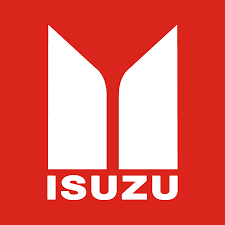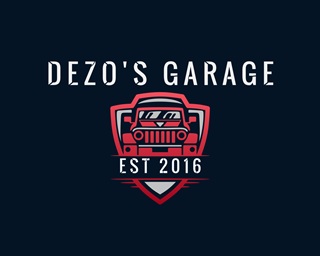Isuzu History

Isuzu Motors' history began in 1916, when Tokyo Ishikawajima Shipbuilding and Engineering Co., Ltd. planned a cooperation with the Tokyo Gas and Electric Industrial Co. to build automobiles. The next step was taken in 1918, when a technical cooperation with Wolseley Motors Limited was initiated, yielding exclusive rights to the production and sales of Wolseley vehicles in East Asia.[3] In 1922 came the first ever Japan-produced passenger car, a Wolseley model, the A9. The CP truck followed two years later; 550 of these were built by 1927.[5] In 1933, Ishikawajima Automotive Works merged with DAT Automobile Manufacturing Inc. (a predecessor of Nissan) and changed its name to Automobile Industries Co., Ltd. The products of this company, marketed as "Sumiya" and "Chiyoda",[3] were renamed Isuzu (after the Isuzu River) in 1934, following a meeting with the Japanese Government's Ministry of Trade and Industry (MITI). The word Isuzu translated into English means "fifty bells"—hence the focus on "bell" in both the later Bellel and the Bellett.
In 1937 Automobile Industries was reorganized and formed into a new company, Tokyo Automobile Industries Co., Ltd. It was founded with a capital of ¥1,000,000. Only in 1949 was Isuzu finally adopted as the company name. Meanwhile, in 1942, Hino Heavy Industries was split off from Isuzu, becoming a separate corporation.[6] Truck production (TX40 and TU60) began anew in 1945, with the permission of the occupation authorities.[7] Beginning in 1953 the Hillman Minx passenger car is produced under license of Rootes Group. The Minx remained in production until 1962, after the 1961 introduction of Isuzu's first own car, the Bellel.[3] Being a small producer making cars which were somewhat too large and pricey for the Japanese market at the time, Isuzu spent some time looking for a commercial partner. Under pressure from MITI, who were attempting to limit the number of automobile manufacturers in Japan, a cooperation with Fuji Heavy Industries (Subaru) began in 1966. This joint sales-service collaboration was seen as the first step towards an eventual merger.[8] The Subaru 1000 was even shown in Isuzu's 1967 annual vehicle brochure, as a suitable complement to the larger Isuzu lineup.[9] This tie-up was over by 1968, when an agreement with Mitsubishi was formed. This ended even more quickly, by 1969, and the next year an equally short-lived collaboration was entered with Nissan.[10] A few months later, in September 1971, what was to prove a more durable capital agreement was signed with General Motors.
The first result of GM taking a 34% stake in Isuzu was seen in 1972, when the Chevrolet LUV became the first Isuzu-built vehicle to be sold in the United States. To symbolize the new beginning, Isuzu also developed a new logo for 1974, with two vertical pillars as stylized representations of the first syllable in いすゞ ("Isuzu").[5] In 1974 Isuzu introduced the Gemini, which was co-produced with General Motors as the T-car. It was sold in the United States as Buick's Opel by Isuzu, and in Australia as the Holden Gemini. As a result of the collaboration, certain American GM products were sold to Japanese customers through Isuzu dealerships.
Two Isuzu model lines (Gemini, Impulse) were marketed as part of the Geo division (Spectrum, Storm) when it was initially launched as a Chevrolet subsidiary. In the domestic Japanese market, OEM deals with other manufacturers were entered to aid the poorly performing passenger car arm. It led to the badging of Suzukis, beginning in 1986,[13] and Subaru small commercial vehicles as Isuzus (Geminett, Geminett II). This OEM tie-up occurred alongside the establishment of SIA (Subaru-Isuzu Automotive), an American joint venture with Fuji Heavy Industries (the parent company of Subaru). Shortly afterwards, the Lafayette, Indiana plant became operational.
Isuzu Motors America discontinued the sale of passenger vehicles in the United States effective January 31, 2009. The company explained to its dealers that it had not been able to secure replacements for the Isuzu Ascender and Isuzu i-Series that would be commercially viable. Isuzu sold 7,098 cars in the year 2007. This action did not affect Isuzu's commercial vehicle or industrial diesel engine operations in the United States.[21] Isuzu has a contract with Budget Truck Rental to manufacture their rental trucks, shared with Ford, GMC, and Navistar International.[29]
